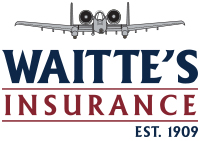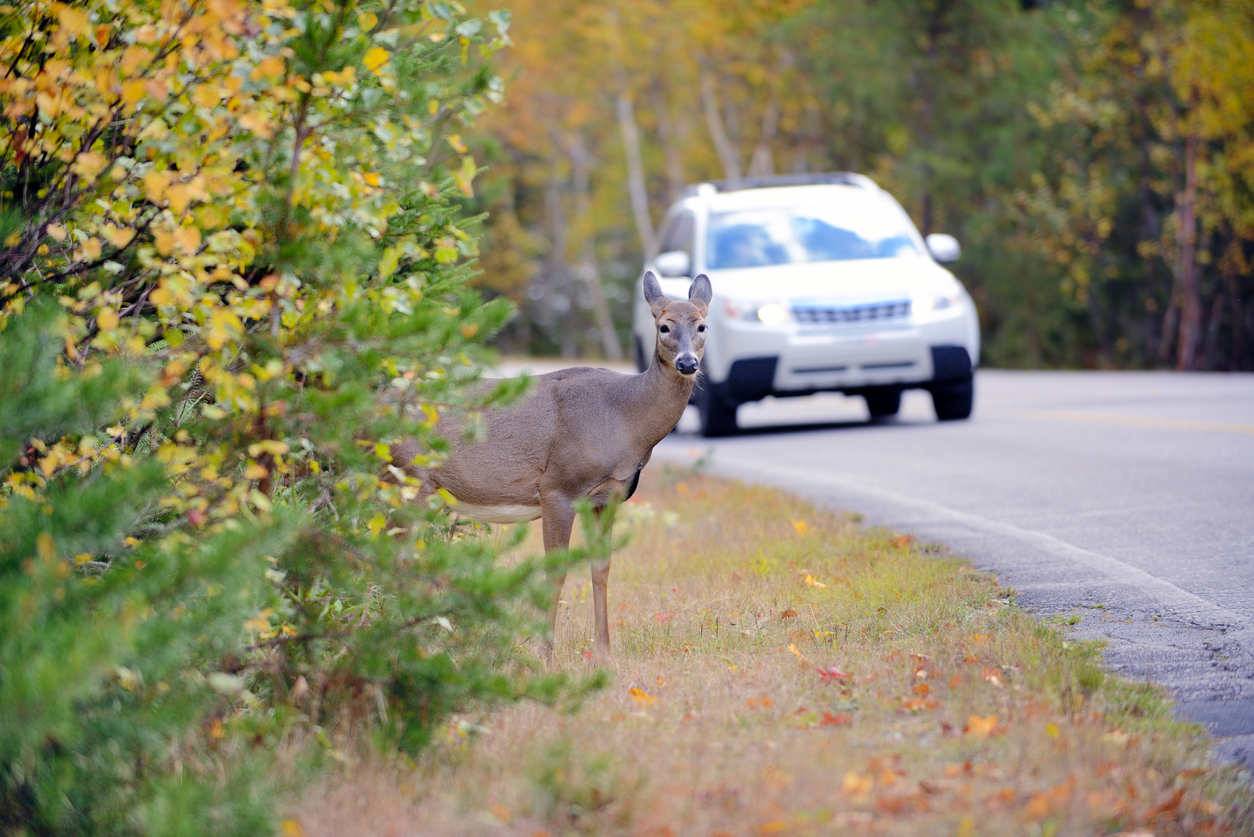As the lazy days of summer give way to the chill of fall, humans are not the only creatures who start to move around more. As vegitation begins to die off, deer increase their range in search of food. This typically leads them to more open areas where they feel unsafe during daylight and so turn to ranging for food at night (Waternandwoods.net). The mating season also adds to the erratic behavior of deer. Males may be pursuing a potential mate or trying to chase off a rival buck. Unfortunately, the decreasing daylinght hours added to the animals’ edgy and unpredictable behavior can lead to catastrophe for motorists.
According to the National Highway Transportation Safety Administration, the United States’ motorists are involved in approximately 1.5 million deer-vehicle collisions annually, resulting in over a billion dollars in damage. Unfortunately, the losses are not just monetary. About 200 fatalities and 26,000 injuries are blamed on animal-vehicles accidents, with the most common animal being white-tail deer (NBC News).
As deer habitat is perpetually decreasing, this problem will not be going away any time soon. Nothing can prevent every deer-vehicle collision, but there are a few steps you can take to decrease your likelihood of joining these unfortunate statistics:
- Stay focused while driving. Avoid texting, talking on the phone, eating, or drinking behind the wheel.
- If you see a deer, be on the lookout for more. Deer typically move in groups.
- Be extra cautious at sunup and sundown, as these are times when deer are especially active.
- Watch for deer signs, which are placed in areas known for deer crossing, and reduce your speed when you see one.
- Always wear your seatbelt. Though the seatbelt will not prevent a collision, it will decrease your likelihood of serious injury or fatality (The State of Connecticut).
If you are involved in a deer-vehicle collision, stay calm, do not approach the animal, and move your vehicle to the shoulder of the road if you are able. Turn on your hazard lights. Take photos of your car, the accident scene, and any injuries. If you are unable to move your car, or if the animal is blocking traffic, contact the authorities for assistance (The State of Connecticut).
Knowing you have the right insurance will give you peace of mind to weather whatever comes your way. At Waitte’s Insurance Agency, we care about the health and safety of our community because we are part of the community. Give us a call when you are ready to talk about your unique insurance needs.

